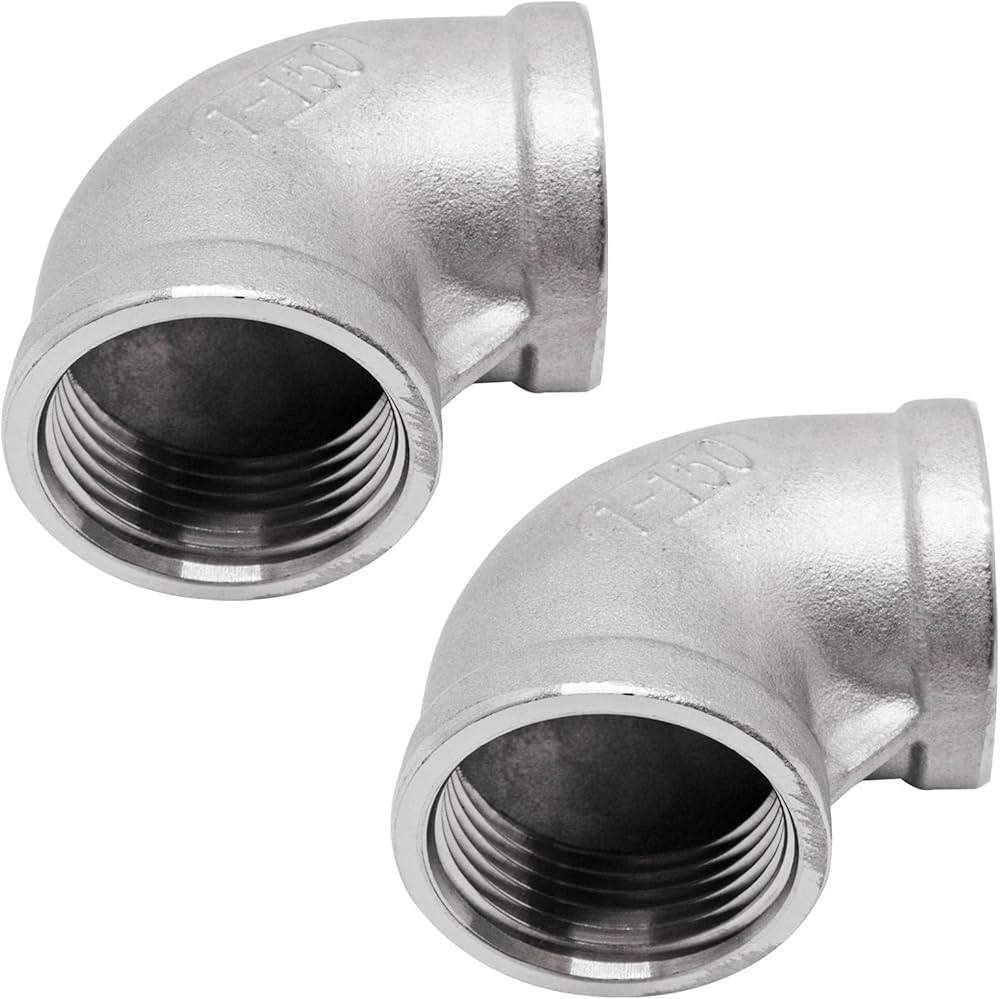Elbow Fittings
Elbow fittings are crucial components in piping systems, designed to redirect material flow, which introduces pressure losses due to impact, friction, and re-acceleration. Material entering the elbow strikes an impact zone and is deflected at an angle toward the outlet, determined by the fitting’s design and flow properties.
Available in various angles and radii, these fittings ensure efficient directional changes in pipelines. They are vital for industries like construction, oil and gas, and chemical processing, offering durability and performance in complex piping layouts.

Elbow fittings enable changes in the direction of material flow within piping systems. As material enters the inlet, it typically moves straight to an impact zone, where it is redirected at angles such as 45°, 90°, or 180°. The deflection angle depends on the elbow’s design, material characteristics, conveying velocity, and load. These fittings introduce pressure losses due to impact, friction, and re-acceleration, making their selection critical for maintaining system efficiency.
Elbow fittings are manufactured to meet industry standards, ensuring compatibility and performance in various piping systems.
| Grade/Standard | Equivalent | Application |
|---|---|---|
| ANSI B16.9, B16.28 | WPB/WPL6 | Oil and gas, power generation |
| MSS-SP-75 | High-strength steel | High-pressure pipelines |
| DIN2605 Teil 1/2 | Seamless elbows | Chemical and petrochemical plants |
Elbow fittings are integral to industries requiring reliable and efficient piping systems:
| Properties | Values & Limits |
|---|---|
| Types | 45 Degree, 90 Degree, 180 Degree |
| Radius | Short Radius (1D), Long Radius (1.5D) |
| Material | Carbon Steel, Stainless Steel, Alloy Steel |
| Standards | ASME B16.9, B16.28, MSS-SP-75, DIN2605 |
| Connection | Butt-Weld, Seamless, Threaded |